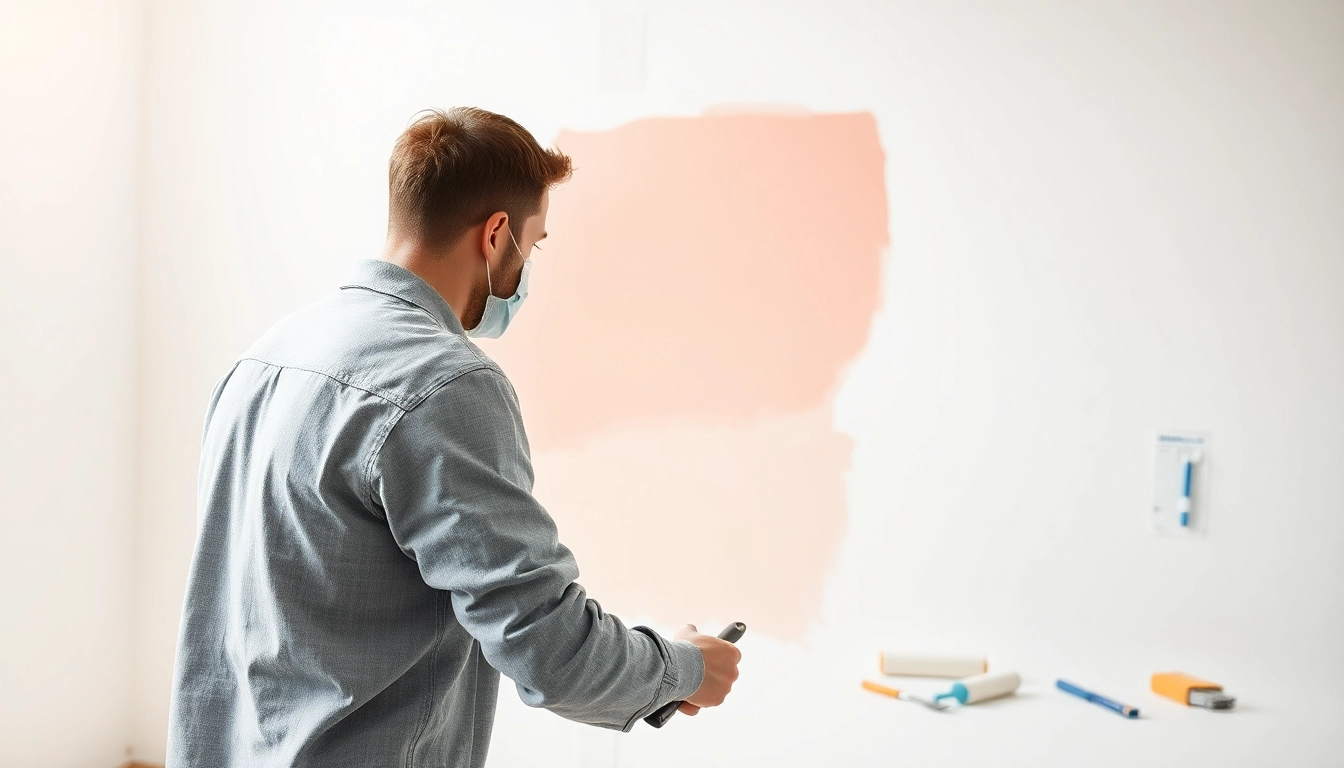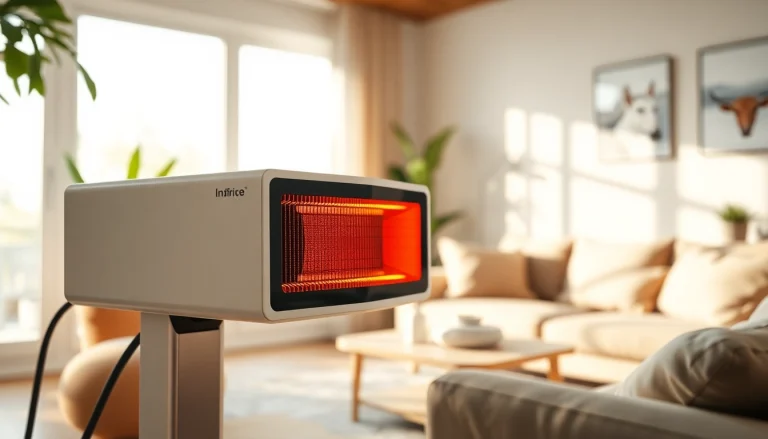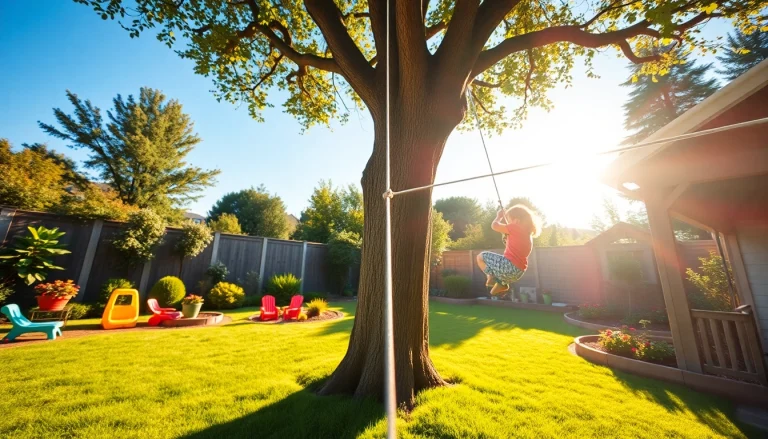Understanding Drywall Painting Basics
Drywall painting is an essential skill for homeowners and contractors alike, turning blank, bare drywall into beautifully finished walls that can enhance the aesthetics of a space. Though it might appear straightforward at first glance, the process involves several crucial steps and concepts to ensure a smooth, professional-looking outcome. This guide will cover everything you need to know about drywall painting, from preparation to execution and maintenance.
What is Drywall Painting?
Drywall painting refers to the process of applying paint to drywall panels that serve as the surface of interior walls and ceilings. This practice not only adds color but also provides a smooth finish, concealing imperfections and enhancing the overall decor. Whether for new construction or renovation projects, painting drywall is a common requirement that revitalizes a living or working space.
Why Proper Preparation is Crucial
Before embarking on any painting project, proper preparation cannot be overstated. The quality of your results hinges on the steps taken ahead of time. This includes:
- Cleaning the Surface: Dust and dirt can interfere with paint adhesion, leading to peeling or uneven coverage. A thorough cleaning is essential.
- Repairing Imperfections: Filling in any holes or cracks with joint compound and sanding it smooth is necessary before painting.
- Priming: Applying a primer helps seal the drywall and provides a better base for the paint.
Common Mistakes to Avoid
There are several common pitfalls in drywall painting that can compromise the final outcome. These include:
- Skipping the Primer: Not using primer can result in uneven color application and poor paint adhesion.
- Poor Color Choice: Choosing colors without considering the lighting or room function may lead to dissatisfaction.
- Neglecting to Test First: Always test your paint on a small section before applying it to the whole area.
Essential Tools and Materials for Drywall Painting
Must-Have Painting Tools
The right tools can drastically improve the efficiency and effectiveness of your painting project. Essential tools include:
- Paint Rollers and Brushes: Different tools serve specific purposes, with rollers typically recommended for large surface areas and brushes for corners and edges.
- Trays and Liners: A paint tray makes it easy to get an even coating and saves time.
- Drop Cloths: Protecting floors and furniture from paint spills is critical for a clean finish.
- Painter’s Tape: To achieve clean edges, securing tape around trim or baseboards is a must.
Choosing the Right Paint for Drywall
Selecting the appropriate paint is vital for ensuring durability and achieving your desired aesthetic. Two popular choices include:
- Acrylic Paint: Often preferred for its quick-drying properties and durability, acrylic also resists fading and is easier to clean.
- Latex Paint: This water-based paint is generally easier to work with, dries quickly, and is less toxic than oil-based alternatives.
Primers: Types and Benefits
Primers prepare the drywall for painting and are crucial for achieving a smooth finish. Available types include:
- PVA Primer: Ideal for new drywall, it helps seal the pores and provides a uniform base.
- Oil-Based Primer: Best for stains or imperfections that need to be covered up.
- Shellac Primer: Highly effective for sealing odors and stains but may require a solvent to clean brushes.
Step-by-Step Guide to Drywall Painting
Preparing the Surface for Painting
Preparation is key to success. Here’s how to prepare your drywall:
- Clean: Use a damp cloth or vacuum to remove dust.
- Repair: Fill any holes with joint compound, let it dry, and sand it smooth.
- Prime: Apply a coat of primer and allow it to dry completely, which usually takes about 1-2 hours.
How to Apply Primer Effectively
When applying primer, take the following steps for optimal results:
- Use a roller for large areas and a brush to cut in around edges and corners.
- Apply in even strokes to avoid drips and runs, and ensure complete coverage.
- Let the primer dry according to the manufacturer’s instructions before moving on to paint.
Techniques for Applying Paint
To achieve a professional finish, consider these painting techniques:
- Rolling: Use a roller for quick coverage, ensuring even pressure and overlapping rolls to avoid streaks.
- Brushing: For corners and edges, ensure a steady hand and control to avoid overflow onto adjacent areas.
- Multiple Coats: Depending on the paint color and type, apply 2-4 coats, allowing adequate drying time in between layers.
Post-Painting Care and Maintenance
Cleaning Up After Painting
Once your painting task is complete, cleaning up is essential to maintain your tools and protect your environment. Follow these steps:
- Dispose of any paint waste and take precautions to avoid environmental contamination.
- Clean brushes and rollers immediately after use with the appropriate solvent (water for water-based paints, paint thinner for oil-based).
- Store leftover paint properly in a cool, dry place for future touch-ups.
Final Touches to Enhance the Finish
To truly elevate your paint job:
- Consider adding a second coat if the color is not fully vibrant or coverage is uneven.
- Inspect for any missed spots and correct them with a small brush.
- Remove painter’s tape only after the paint has dried to avoid peeling.
Long-term Maintenance Tips for Painted Drywall
To maintain your beautifully painted drywall over time:
- Regularly wipe down the walls with a damp cloth to keep dust and dirt at bay.
- Address any scratches or scuffs immediately with touch-up paint to prevent further damage.
- Avoid using harsh cleaners that could damage the paint finish.
Frequently Asked Questions About Drywall Painting
Can You Paint Directly on Unprimed Drywall?
While it is technically possible to paint directly on unprimed drywall, it is not advisable. Without primer, paints may not adhere correctly, leading to peeling, blotchiness, and an overall lack of durability.
How Many Coats of Paint Are Needed?
The number of coats can vary depending on the paint color and type of surface being painted. Generally, two coats are recommended for optimal coverage, especially if transitioning from a darker to a lighter color.
What Kind of Paint Is Best for High Humidity Areas?
For high humidity areas, such as kitchens and bathrooms, consider using a mildew-resistant paint or one that contains a semi-gloss or satin finish to resist moisture better and facilitate cleaning.








